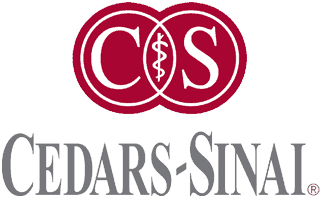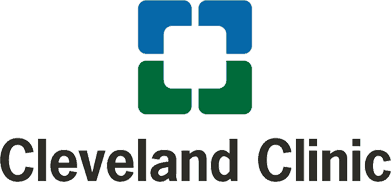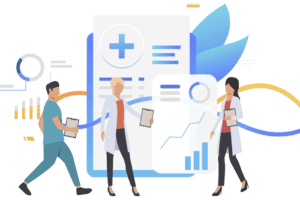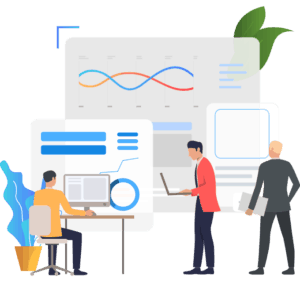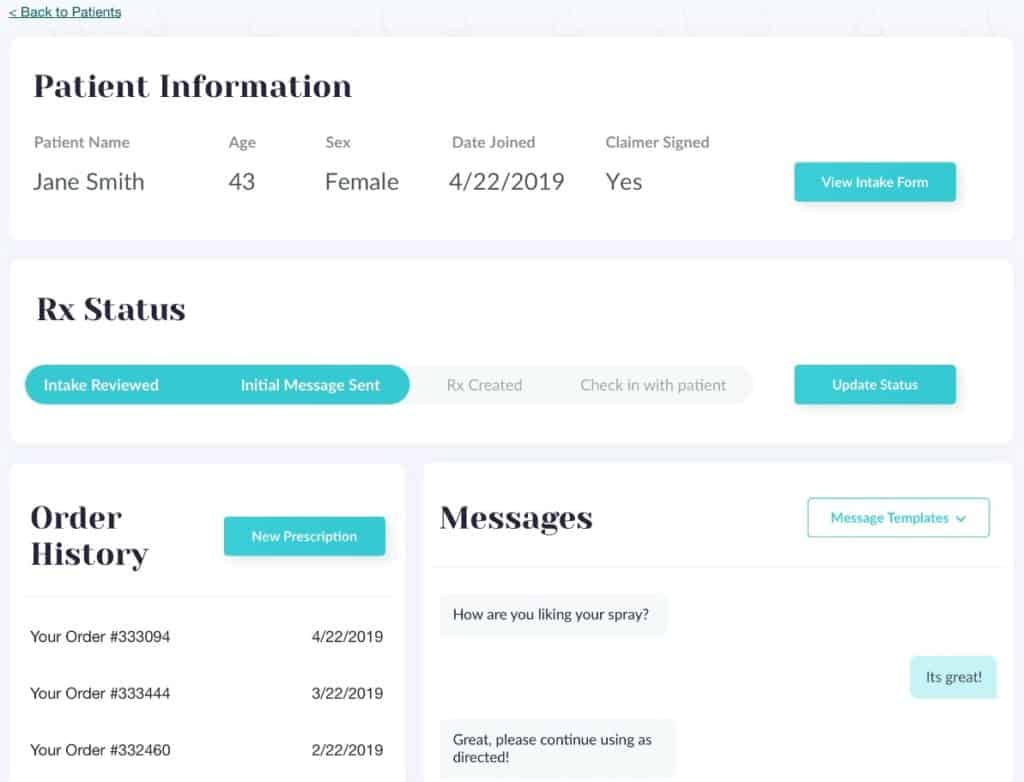Medicine consumerization spurs healthcare providers to come up with innovative services like patient scheduling software that puts the patient in control. And in times of crisis, like the ongoing COVID-19 pandemic, developing patient scheduling software becomes critical for hospitals to relieve front offices, replace no-shows with visits, and improve copay collection.
Topflight Apps specializes in developing patient scheduling apps. We can build a standalone platform or a fully integrated application that will work with your medical practice management system.
We are fully committed to building engaging patient self-scheduling software that will make a difference in how customers interact with your medical organization.

